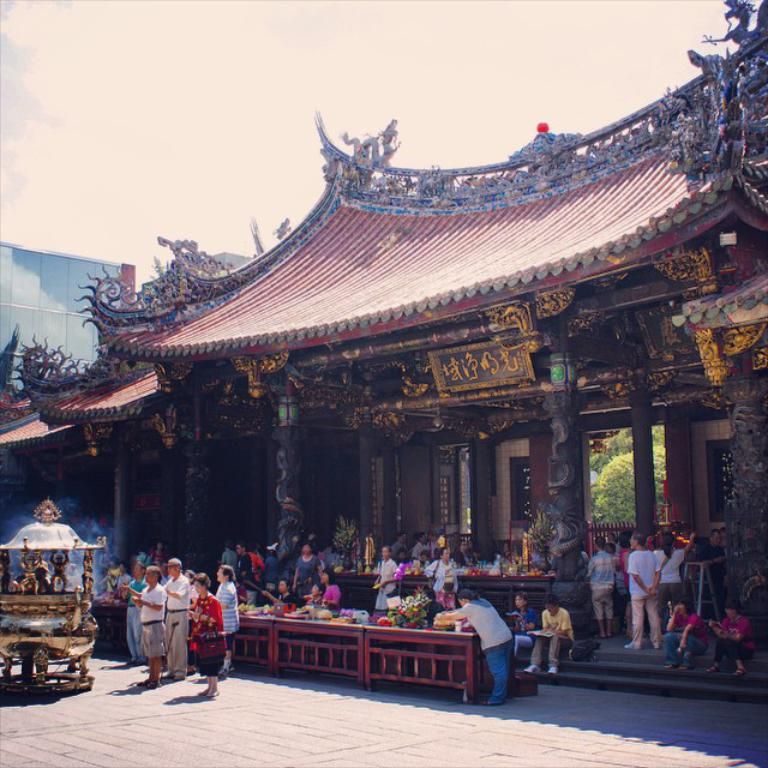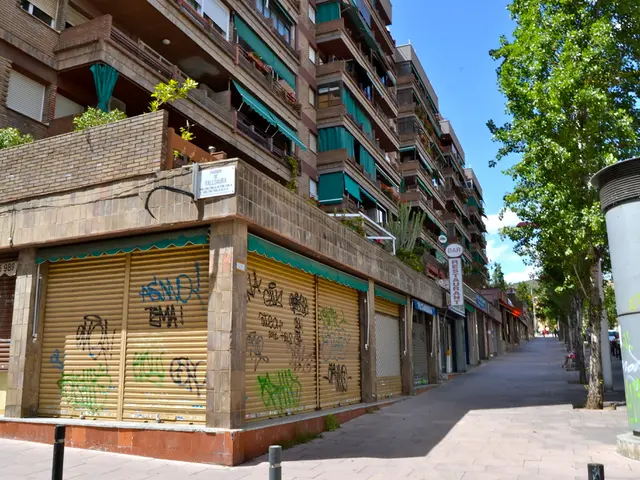Comprehensive Guide to Moving Around: Essential Information You Shouldn't Miss Out On
Venture into Japan's diverse transportation landscape, where comfort, efficiency, and affordability seamlessly blend. Here's a lowdown on the different modes of public transportation in Japan and their perks:
Japan Rail Pass (JR Pass)
When you're figuring out your travel plans, don't forget to consider the JR Pass. As an international tourist, you can reap the benefits of this pass, which grants you access to various modes of transportation curated by the Japan Rail Group. Travel by shinkansen, trains, buses, and even ferries[2][4]. Learn more about how the JR Pass works and save a pretty penny!
IC Cards: Suica, Pasmo, Icoca, and More
If the JR Pass isn't for you, go for an IC card. IC cards, like Suica, Pasmo, and Icoca, allow you to move effortlessly around the bigger cities in Japan on trains, subways, buses, and more[1]. They're even accepted at vending machines, convenience stores, and restaurants!
Trains
Trains are by far the most popular and convenient mode of transportation in Japan, blanketing the nation with an expansive network of train routes. The Japan Railway Group (JR) handles approximately 70% of Japan's railway network[5]. Trains in Japan are praised for their punctuality and reliability[5]. To maximize your train experiences in Japan:
- Avoid taking trains during rush hours in the bigger cities, as they're packed with commuters.
- Trains are typically quiet, so keep conversations to a minimum and keep your phone on silent.
- Some trains have women-only cars, indicated by signs on the platform. These cars are usually available at late hours and during rush hours[5].
Subways
Subways are an integral part of Japan's train networks, providing budget-friendly and convenient transport in big cities[5]. Hop aboard subways in Tokyo, Osaka, Nagoya, and Kyoto, and you'll encounter an extensive coverage of major areas, including shopping districts, business centers, and popular tourist spots[5].
City Buses
City buses are a cheaper alternative for local travel in Japan, with abundant bus stands across the big cities[1]. While they may be slower than trains or subways, they're ideal for commuting, shopping, sightseeing, or exploring remote areas[1].
Taxis
Taxis aren't as popular as other public transport options, but they're useful when train or bus services aren't available. In fact, taxis are quite common in big cities like Tokyo but can be costly. To make the most of taxi rides in Japan:
- Look for a red light on taxis, as it means the taxi is free.
- Reserve a taxi using apps like JapanTaxi, Didi, or even book ahead by calling the taxi company.
- Keep in mind that tips are not required when taking taxis in Japan, and most taxis accept payment by card or IC cards[5].
Exploring Japan's public transportation network will make your travels more enjoyable, efficient, and cost-effective. Happy travels!
Enrichment Data:
Overall:
Japan boasts a comprehensive and well-orchestrated public transportation system. Travelers can seamlessly navigate the country using a variety of modes. The key insight here is the Japan Rail Pass, which offers a cost-effective option for travelers to traverse the country without worrying about tickets for multiple modes of transportation[4]. IC cards, like Suica and Pasmo, provide additional convenience by offering rechargeable transportation cards that can be used across different modes of transport[1].
Trains:
- Advantages: Trains are economical, swift, and maintain a sterling reputation for punctuality and reliability[5].
- Key Facts: Trains in Japan form the backbone of the nation's transportation system, covering almost every corner of the country[5].
Shinkansen (Bullet trains):
- Advantages: Shinkansen boast impressive speeds, traveling up to 320 km/h, allowing travelers to save considerable time[5]. The high-speed railway network primarily connects major cities like Tokyo, Osaka, and Kyoto[5].
- Key Facts: The JR Pass covers most Shinkansen routes, though some services like Nozomi and Mizuho require an additional ticket[4].
Subways:
- Advantages: Subways are ideal for local travel and sightseeing in big cities like Tokyo and Osaka. They are frequent and inexpensive[5].
- Key Facts: Subway systems in Japan cover major urban areas with extended reach, incorporating shopping districts, business centers, and tourist attractions[5].
IC Cards:
- Advantages: IC cards, like Suica, Pasmo, and Icoca, grant users access to virtually all trains, subways, and buses in the major cities of Japan[5]. The usage extends beyond transportation, enabling cardholders to use their cards at vending machines, shops, convenience stores, and restaurants.
- Key Facts: Some IC cards offer special cards tailored for international tourists[5].
City buses:
- Advantages: City buses are budget-friendly, effective for shorter distances, and can reach areas that trains or subways don't serve[1].
- Key Facts: Buses are less crowded than trains during off-peak hours but are generally slower due to traffic congestion[1].
Taxis:
- Advantages: Taxis offer convenience and flexibility outside of peak operating hours or in regions with limited public transit options[5].
- Key Facts: Taxis can be costly in Japan, but major cities like Tokyo have a large fleet of taxis. While English proficiency may vary among drivers, you can use apps, call ahead, or contact the company directly to reserve a taxi. Tips are not required when taking taxis in Japan[5].
- Japan's diverse transportation landscape, which seamlessly combines comfort, efficiency, and affordability, includes a variety of modes such as trains, subways, city buses, and taxis.
- For international tourists, considering the Japan Rail Pass (JR Pass) can save a significant amount of money by providing access to multiple modes of transportation curated by the Japan Rail Group, including the bullet train, trains, buses, and ferries.
- If the JR Pass isn't suitable, IC cards like Suica, Pasmo, and Icoca, which work on trains, subways, buses, and more, offer added convenience for travel within the major cities.
- Trains are the most popular and convenient mode of transportation in Japan, praised for their punctuality and reliability, while avoiding rush hours in bigger cities and keeping conversations and phone volume to a minimum can enhance train experiences.
- Subways provide budget-friendly and convenient transport in big cities, covering major areas like shopping districts, business centers, and tourist spots.
- City buses offer a cheaper alternative for local travel in Japan, enabling travelers to experience shopping, sightseeing, or exploring remote areas.
- Taxis aren't as widely used but are useful when train or bus services aren't accessible. reserving a taxi through apps or calling ahead can make the most of taxi rides, with most taxis accepting payment by card or IC cards and tips not being required.




